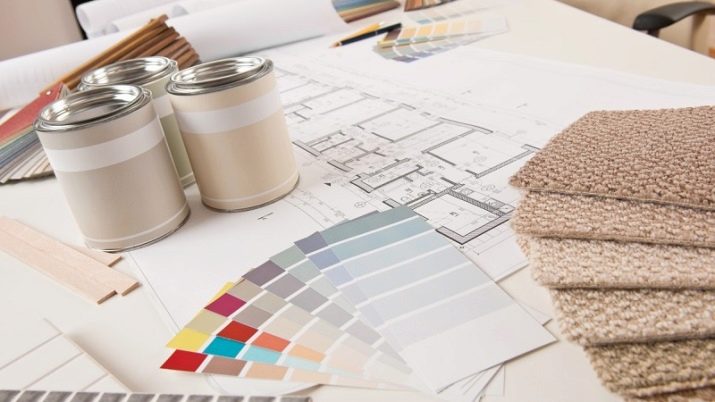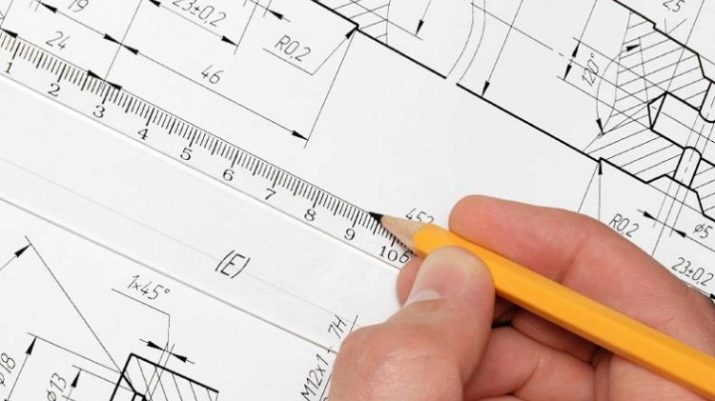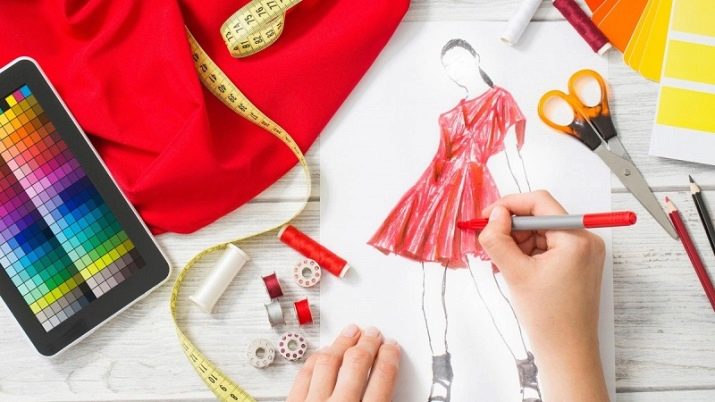What subjects do you need to take to the designer?

The profession of a designer is multifaceted. Depending on your creative inclinations, you can opt for interior design, landscape design, clothing modeling, or become a computer graphics specialist. However, in order to enter the required faculty, you first need to pass exams. But what - you will learn from our article.

Basic exams
Various educational institutions require the delivery of different subjects, but there are also basic ones, which are obligatory for everyone who wants to unlearn to become a designer. Here they are:
- Russian language;
- literature;
- history.
In addition to them, applicants will be asked to pass 2 additional checks related to the identification of creativity. First, draw a picture, but not "from the head", but from the provided bust or other object. The applicant will be given 4-6 hours to pass the test. Secondly, you will need to compose a composition of several issued objects, for example, it can be paper geometric shapes. Of these, you will need to construct a three-dimensional model, give it a name and draw its diagrams in different projections. At the end of the exam, the points obtained in the passage of creative competitions and the grades for the main subjects are summed up, and a final verdict is made.
If the applicant has a portfolio, that is, a collection of samples of work (drawings, paintings, drawings), it will not be superfluous to submit it to the selection committee for consideration as an additional "trump card". Participation in creative contests and performances will also be a plus.
In general, a portfolio is not required for admission, but some educational institutions deduct additional points for its presence.

Admission after 9th and 11th grade
If you plan to finish 11 grades, then after passing the exam, you can confidently apply for admission to the university. If you decide to say goodbye to school after the 9th grade, then you have a direct road to the secondary school - college, technical school, lyceum, or to special courses.
However, it is worth noting that when you receive higher education, your choice of specialization will be wider than when you receive a secondary specialized. So, you can become:
- graphic designer;
- industrial designer;
- developer of printed products;
- artist;
- designer-designer;
- clothing designer;
- interior designer;
- landscape designer.
List of professions available for admission to the secondary school: fashion design, interior design, landscape design and computer graphics. When submitting documents to a university, you will be asked for the results of the exam and may be offered to complete a creative task (depending on the specific educational institution). When entering a secondary school, you will need a certificate with grades, where they can look at the core disciplines: Russian, history, drawing (or drawing).

What subjects to take in different directions?
Now we will consider each specialty separately.
Industrial Design
Industrial designer - this is a specialist who studies a finished market product and creates a high-quality analogue. In other words, it doesn’t innovate, but enhances everyday items.
You can study to be an industrial designer at a university. When submitting documents, you will need the results of the unified state exam in general education disciplines, and you will also need to pass entrance exams in the Russian language, social studies, show your creative abilities by passing the test on a given topic (drawing / composition).
Graphic
It is best to study graphic design at a university, but in the absence of such an opportunity (or desire), you can go to a secondary school and to special courses.
Here is a list of subjects for which you will be required to have the USE results at the university:
- Russian language;
- literature;
- maths;
- computer science;
- physics.

Fashion designer
You can learn this profession both at a university and in a secondary school or in courses. However, you should be aware that higher education will still be preferable, especially if you want not only to learn how to cut and sew, but also to develop a new fashion design.
Let's talk about secondary specialized education. You can get the profession of a cutter or a designer-fashion designer. The main difference between these professions lies in their functional responsibilities. The cutter is engaged in placing patterns on the fabric, cutting clothes, preparing them for fitting. The structural designer draws sketches and develops technical patterns.
At the end of the college, you will be issued a state diploma. Admission is possible both after the 9th (in this case, you will have to study for 4 or 5 years), and after the 11th grade (the term of study will be 3 years). Initially, you will learn the profession of a cutter, and then - a fashion designer.
9th grade admission involves an interview. On the basis of 11 classes, exams (Russian language and literature) are passed, or the results of a unified state exam in mathematics and Russian are provided. There is also a creative competition (drawing).

Interior Design
You can learn this profession both in secondary and in a higher educational institution, and not only in person, but also in absentia, and even online.
List of disciplines for delivery upon admission to the university:
- Russian language;
- literature;
- maths;
- history.
Apart from these items, you will have to be ready for a creative competition (drawing / composition / drawing). Admission to a secondary specialized educational institution requires an interview. If there are many who want to study, but there are few places, then you will need to provide a school certificate with grades. By the way, you can enroll in a secondary school after the 9th and 11th grade. Of course, in addition to the above, there are also special paid courses that promise to give you the necessary knowledge in a couple of months. Of course, you can start with them as well.
But for a successful activity, the amount of information that you get on them will obviously not be enough. Therefore, after completing them, be prepared to continue learning in a more in-depth format.

Landscape design
A landscape designer is a very interesting profession for those who like to create unique pieces by using the gifts of nature in conjunction with human creations. The designer's developments should be based not only on the wishes of the client, but also on the features of the area where the design is required, as well as on the climatic conditions of the region. After all, you must admit that you cannot grow palm trees in Siberia, no matter how hard you try, and therefore a landscape designer must be well versed in plants, more precisely, in the specifics of their cultivation.
If you want to get this education, you will need to pass exams in the following disciplines:
- biology;
- maths;
- geography;
- Russian language.

Ad designer
This profession is very specific, since the designer-"advertiser" does not create works of art, but develops effective visual elements for the successful advertising of products or services within the framework of a marketing policy. His activities are aimed at creating a recognizable "face" of the company using graphic tools. It depends on this specialist how the marketing campaign will go, whether consumers will be interested and loyal, or, on the contrary, will be disappointed.
A designer of advertisements and promotional items must have an artistic taste and ability, be quick-witted, and also be able to quickly respond to changes in market trends and use them for their designs. To become a successful ad / promotional product design specialist, you need to graduate. You can apply for the specialty "Graphics" or "Design of printed matter".
List of USE subjects required for delivery:
- Russian language;
- literature;
- history;
- maths.
Also, most universities offer to pass creative testing by submitting a drawing, painting or other composition. There are also paid courses that last about 9 months. On them, future specialists are trained in the use of modern computer programs for the development and design of the design of advertising leaflets, booklets, catalogs, magazines, banners.
After completing the courses, graduates receive state diplomas on professional retraining.









